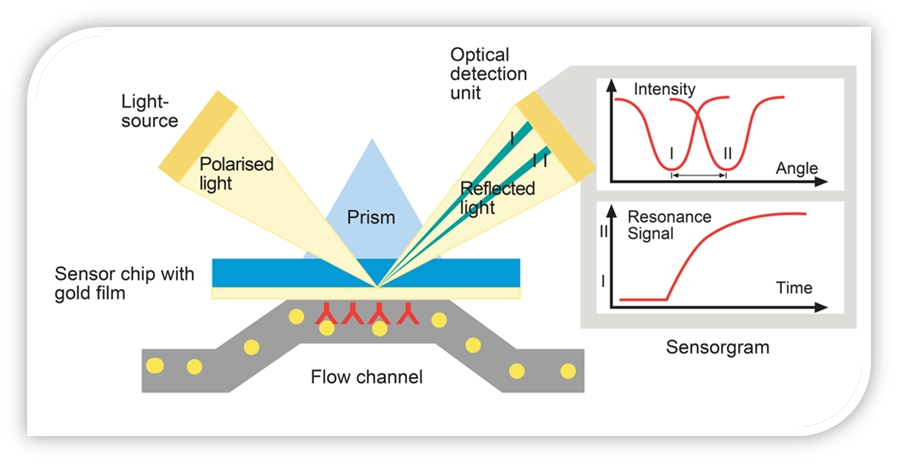
Our high quality and experienced bioanalytical services using the powerful technique of Surface Plasmon Resonance (SPR, Biacore) provides label-free, real time analysis of a pair of interacting molecules such as small molecule drugs binding to their target proteins. In more than 15 years Biobest acquired expert knowledge in application of Biacore SPR technology and has proven to be a reliable contractor for clients from pharmaceutical, research institutions and bio-diagnostic industry in supporting their specific projects. We especially have the experiences with a number of different SPR systems, such as Biacore 2000, Biacore 3000, Biacore X100. We can ensure a rapid and professional to assist to your samples analysis with tailor designed protocols as your specific requirements.



